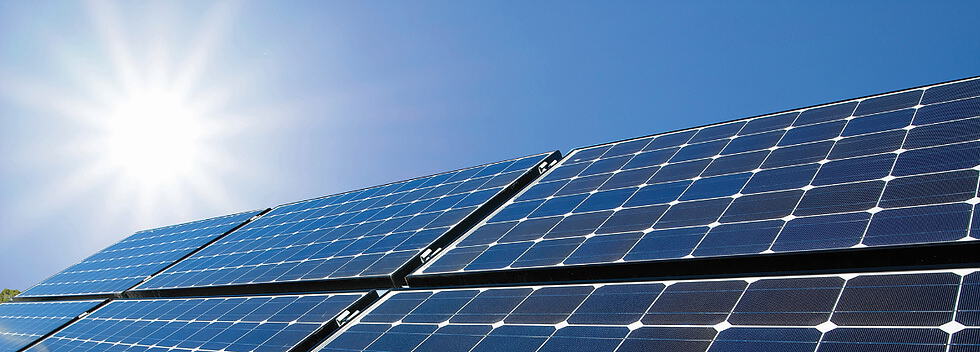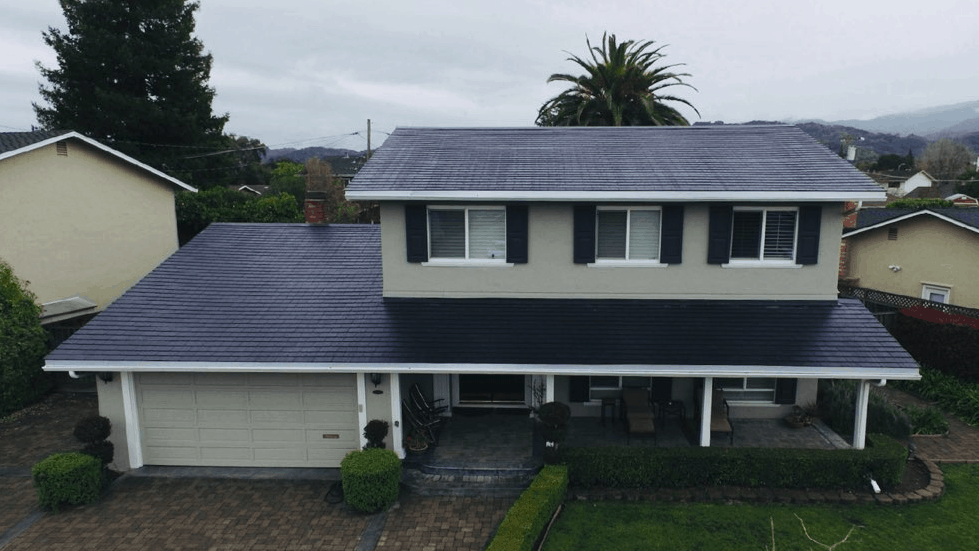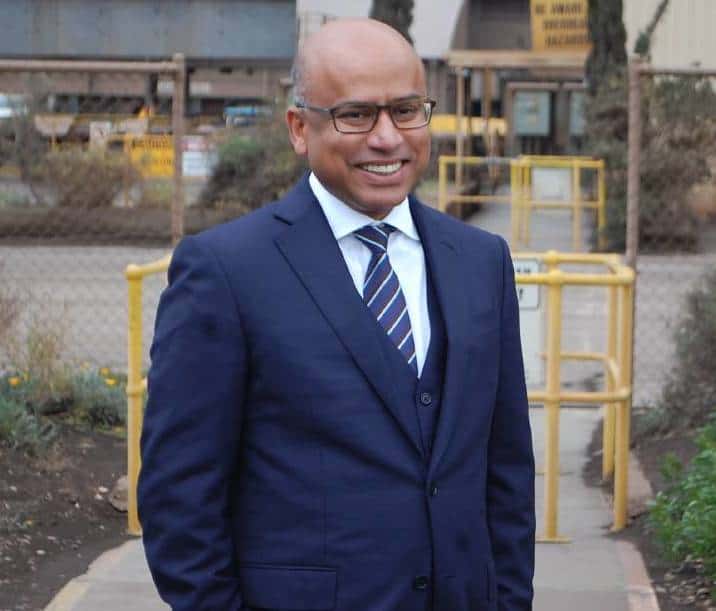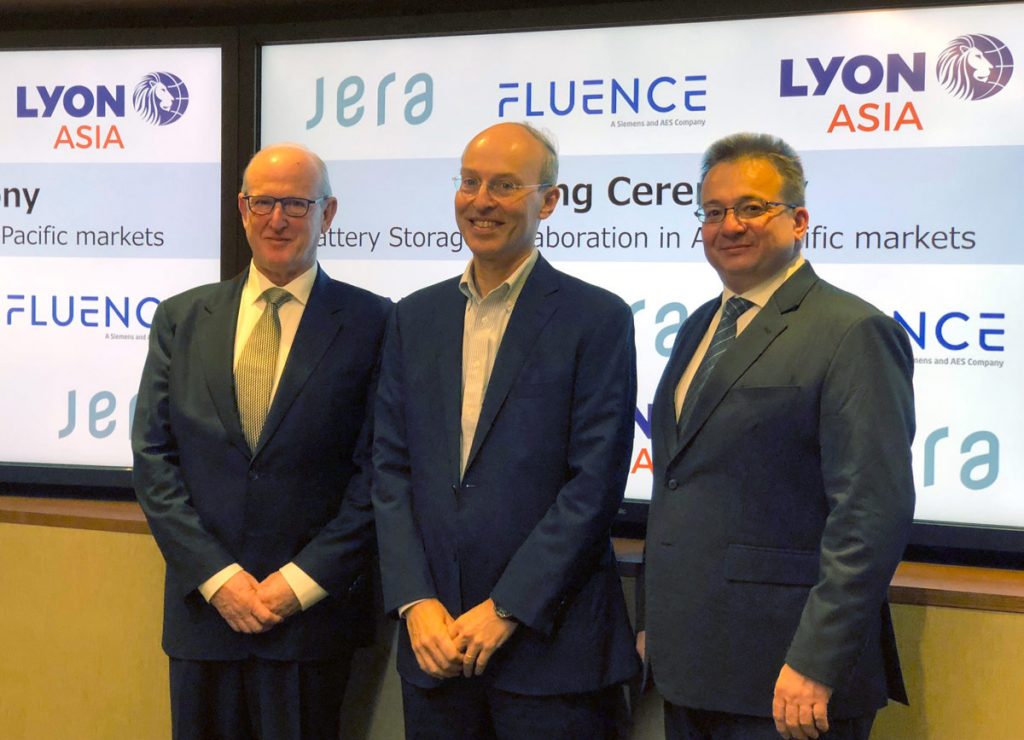Cubbie Solar Farm – Nasdaw listed company VivoPower said this Monday that its wholly owned Australia subsidiary, Aevitas, has been chosen to build the solar project at Cubbie Station in South West Queensland.
Cubbie Solar Farm

Cubbie Station, located in Dirranbandi in South West Queensland, is the largest irrigation property in the southern hemisphere and as such has very significant power and water requirements. Since January 2013, the Cubbie Ag property group is owned by CS Agriculture Pty Ltd. The major stakeholder of this company is Ruyi Australia Group, who manage Australian operations on behalf of Ruyi Group, a Chinese multinational company. They’ve been spending this year working on getting a solar farm up which will be able to supply around 40% of the station’s power requirements during its peak season (April to September).
Stage 1 of the project will involve the creation of 3.5MWDC Solar Farm Non-export generation – to do this ~9,800 solar panels will need to be mounted onto a fixed structure and wired through to the inverter. Aevitas Group Limited was awarded the EPC (Engineering design, Procurement and Construction) contract last week, as per a press release posted on the Nasdaq website.
Cubbie Ag have a plan for the future as well – they are aiming to provide power to Dirranbandi and St George as the project grows and generates more renewable energy. According to One Step Off The Grid, their goal is to expand the solar farm to 7.2MW and also add battery storage to it.
Solar power in resources and commercial solar have both been growing in leaps and bounds (and often in conjunction) so it’s exciting to see more of these projects coming to fruition. Solar power for farms and business are popping up very frequently.
The Cubbie Solar Farm is expected to commence construction in October and will be operable by the end of the year.





